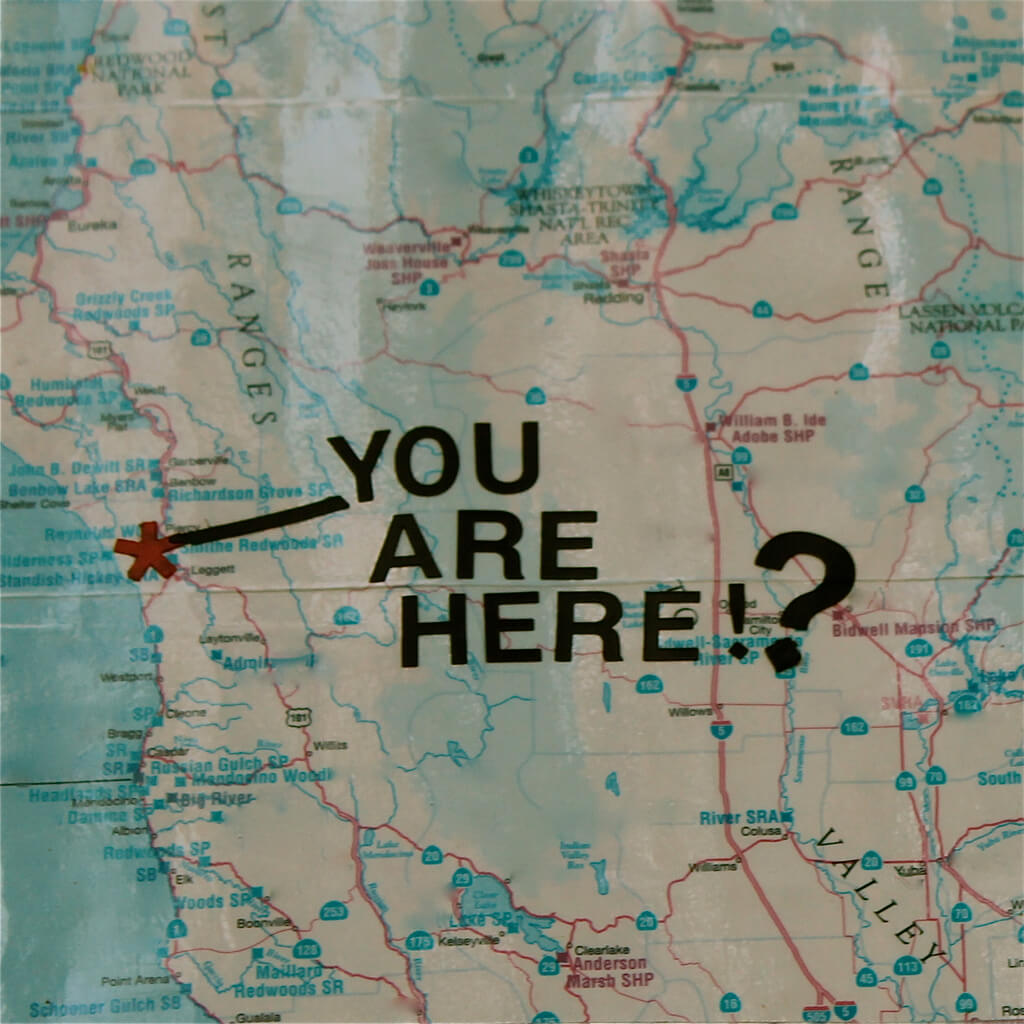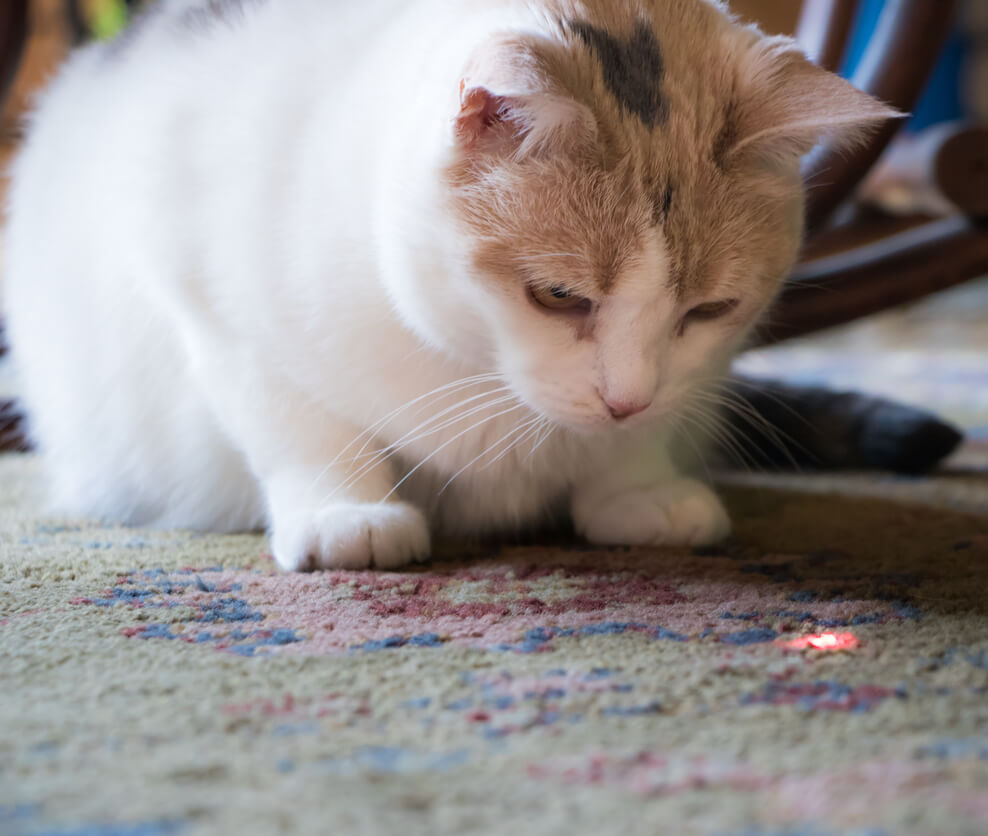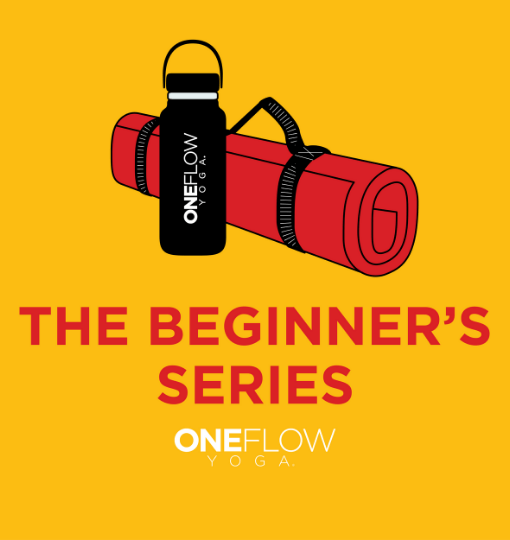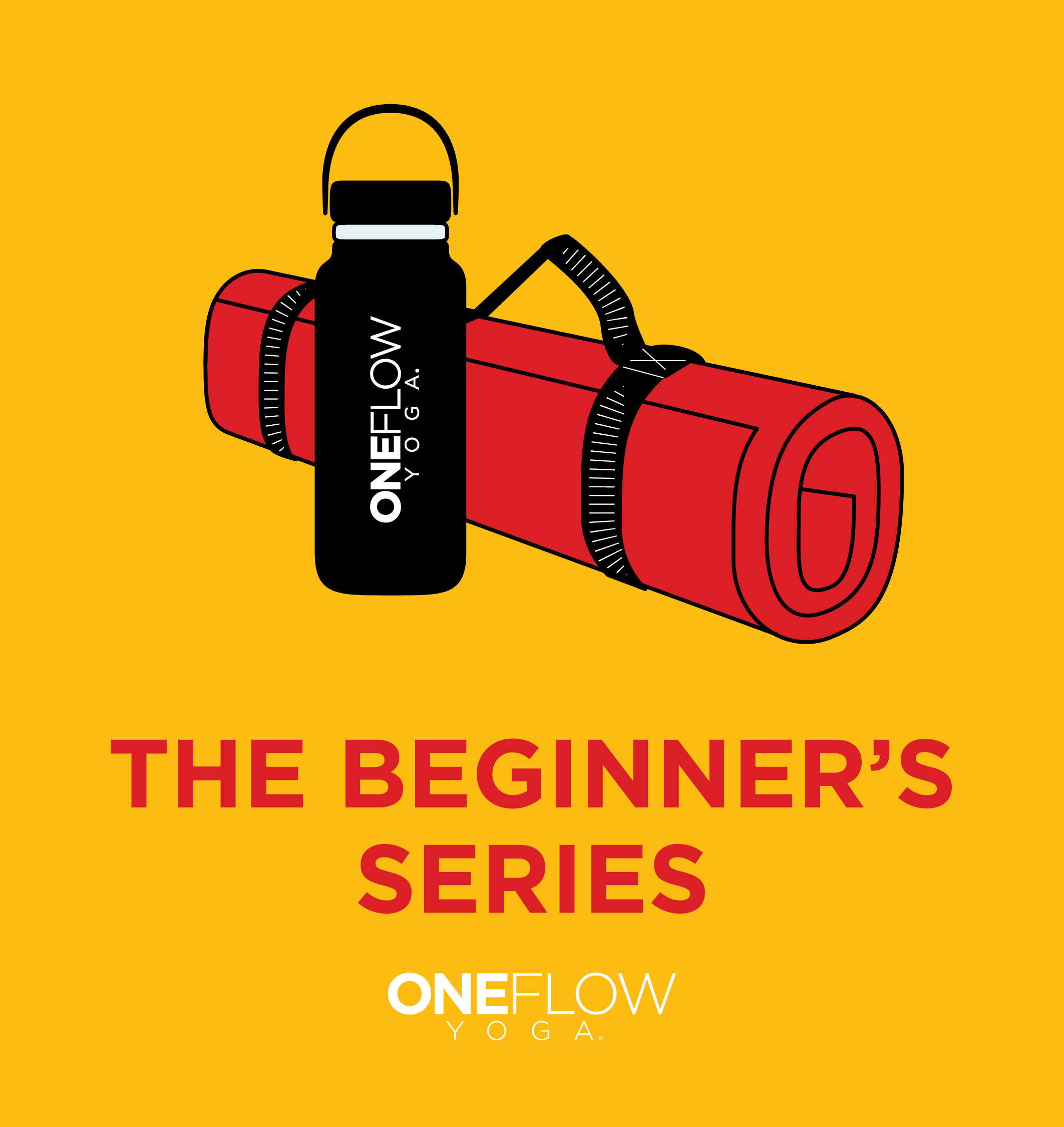Yoga is a mirror. It has the ability to show you—you. But then again, so does everything else you do. So what’s so special about yoga?
Of all of the way too many yoga tropes, this is one I resonate with for it reveals the power of what yoga can really do. It can allow us to see, and therefore know, who we are.
Know Yourself
How do you even go about answering the question “Who am I?” The answer doesn’t require some sort of world scavenger hunt where you have to go “find yourself” in Bali. No, it’s much simpler, and more difficult than that. All you need to do is stop and pay attention to what you are doing.
“Yoga is a mirror, to look at ourselves from within.” B.K.S. Iyengar
Reflection
This works, because no matter what you are doing, it is a reflection of what is going on inside of you. How you buy groceries, perform surgery, raise your kids, lead your organization or drive your car, mirrors your inner self.
This is no secret. When I was growing up, my dad had a book, “The Inner Game of Tennis,” that was well worn. The premise is that how you play on the court is based on how you deal with the opponent in your mind—you.
Point 1: “Yoga is a Mirror” means your outer actions mirror what’s going on inside of you.
There’s power in that understanding because if we want to know who we are, we need to look at what we do. This idea is also captured in the classic statement “As within, so without.”
The reality is, that’s not going to happen in most situations, nor should it. When you are driving you are not thinking, “I’m changing lanes impatiently today.” Your focus should probably be on changing lanes effectively. The same goes for doing brain surgery or parenting.
But taking a looking “in the mirror” is something that would serve us well because the things inside of us—doubts, fears, hopes and dream—are affecting how we are going through life.
If we feel less than as a leader, we might adopt a leadership style that is authoritarian or self-serving—because we have something to prove. If we treat everything as a competition, we will lean on that tack even when we are in non-competitive situations.
That doesn’t mean you need to obsess about every little thing you do. That will drive you mad. Instead, make it part of your routine to regularly check-in. That is why you need a practice.
“You better check yo self before you wreck yo self.” Ice Cube
Awareness
We have complicated relationships with mirrors. I tend to think it’s because of what we think we are seeing instead of what is actually there. Either way, love them or avoid them, we need them.
A first approach is to stop and look in the mirror. This is akin to finding the you are here sticker on the map. It’s just a starting point.

In yoga, we do this by watching not only “what” we are doing but “how” we are doing it.
For instance, when we come into urdhva hastasana, what we are doing is raising our hands up towards the sky. How we raise them, though, has a certain quality, such as in a gingerly, playful, aggressive, relaxed, spirited, enthusiastic, manner.
That quality comes from within. In other words, it is an expression and reflection of our inner nature.
There is a challenge to watching ourselves. We’re not very good at it. We have a tendency to see something, then instantly react. We see another thing and react to that. Ad infinitum. Yes, we are all cats chasing laser pointers.
Thankfully this is something that can be practiced. You can get better at it.
Yogins have a term for who we are when we watch ourselves. It is known as “the observer” or “the witness.” It is someone who is highly interested in what is going on with you, and yes that could be a little bit creepy, except it’s you watching you.
Assuming the role of the observer allows us to watch how we do things without jumping to judgement or reaction. We put some distance between ourselves to have some perspective.
Observing yourself can be uncomfortable, like hearing a recording of your voice, but for me, it’s more so not knowing how I’m moving in in the world. And it’s more helpful to see the act happening rather than having to do forensic relationship analysis later on. That is, where we try to piece together what happened after the event, or relationship, is over.
As you hone your ability to watch yourself act, you can even begin to watch how you think. The contemporary term is metacognition or “thinking about thinking” but you could equate it with being mindful. Like anything this can be taken to an extreme and become nothing more than mind games so keep inviting your focus back to your actions.

Point 2: Using yoga as a mirror is truly about being effective in the world.
Being mindful, or conscious, on purpose, gives you the ability to make change. It gives you the ability to be more effective in all of your endeavors. Watching yourself gives you helpful feedback.
Without it, you are flying blind, at night, in a storm.
Two Problems—See Change
Even if you find yourself in front of a mirror, there’s no guarantee you’re going to see anything. You can make it more likely, though, if you keep a few things in mind.
“Just as a fire is covered by smoke and a mirror is obscured by dust, just as the embryo rests deep within the womb, knowledge is hidden by selfish desire.” Bhagavad Gita 3.38
Be curious. An interest, or even eagerness in knowing what is going on will work in your favor.
Be enthusiastic. At some point, when you’re looking, it will become challenging. Enthusiasm is important to carry you through those times.
Be open. Instead of just seeking the answer you want, be open to whatever may come forth. Even if it’s not ideal, like water flooding your bathroom, you can address it once you know what’s there.
Granted, being open can be incredibly difficult especially if we already have it all figured out. Or think we do. Personally, I can’t even count how many times I thought I had it all figured out. Then there was more to learn. It’s happened so often that I have chosen to adopt an attitude of, “What else is there.” Because there’s always more there.
This takes us to the second problem—change and Michael Jackson.
Michael’s not the problem, but he did give us “Man in the Mirror”, written by Siedah Garrett. And yes, Siegah is a yogini.
You remember the song:
I’m starting with the man in the mirror
I’m asking him to change his ways
And no message could have been any clearer
If you wanna make the world a better place
Take a look at yourself, and then make a change
(Na na na, na na na, na na, na nah)
How do we apply what we have seen to make change, or better yet, lasting change? The lyrics imply that you:
- Look in the mirror
- Make a change
- Na na na, na na na, na na, na nah
Except that’s not how change works—even if it seems instantaneous. Change is gradual and repetitive. The Bhagavad Gita says that we become what we repeated do. So let’s adjust the lyrics with this in mind.
- Look in the mirror
- Make a change
- Look again in the mirror
- Make a change
- Rinse and Repeat
While not so lyrically harmonious, it is the path for change. You have to do it and then keep doing it. It’s why numerous ancient texts refer to yoga as abhyasa, or repeated, consistent practice.
To take an example from asana, physical practice, if you can repeatedly lift your arms up in a steady, relaxed way, you will start moving that way through the world. That will be your manner of operating, parenting, or leading. It takes time, but it will make your efforts potent. You will have made that change.
Na na na, na na na, na na, na nah



